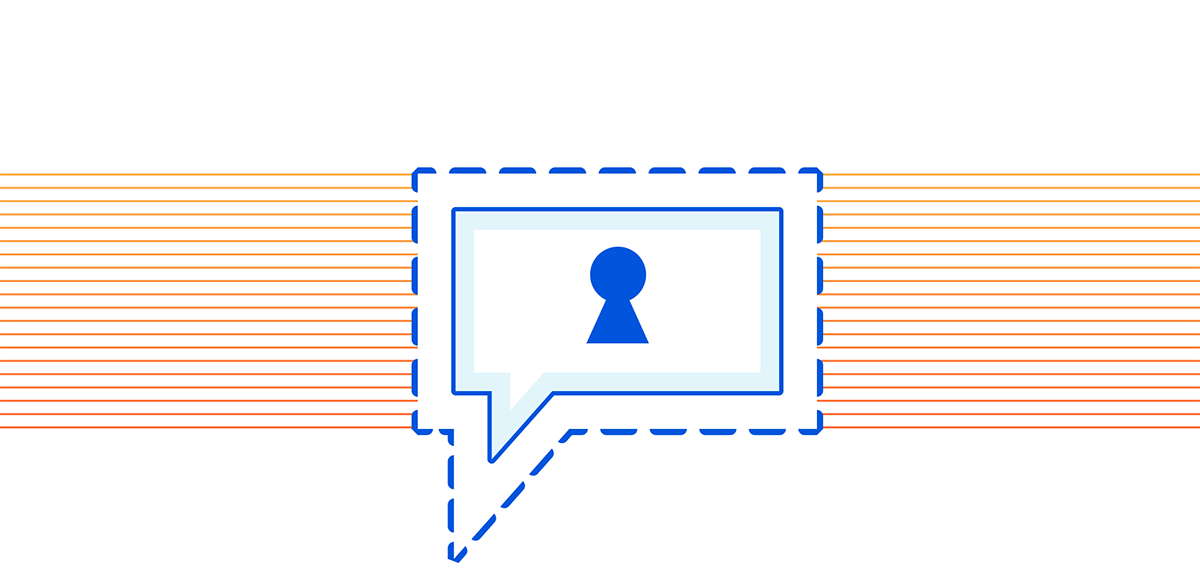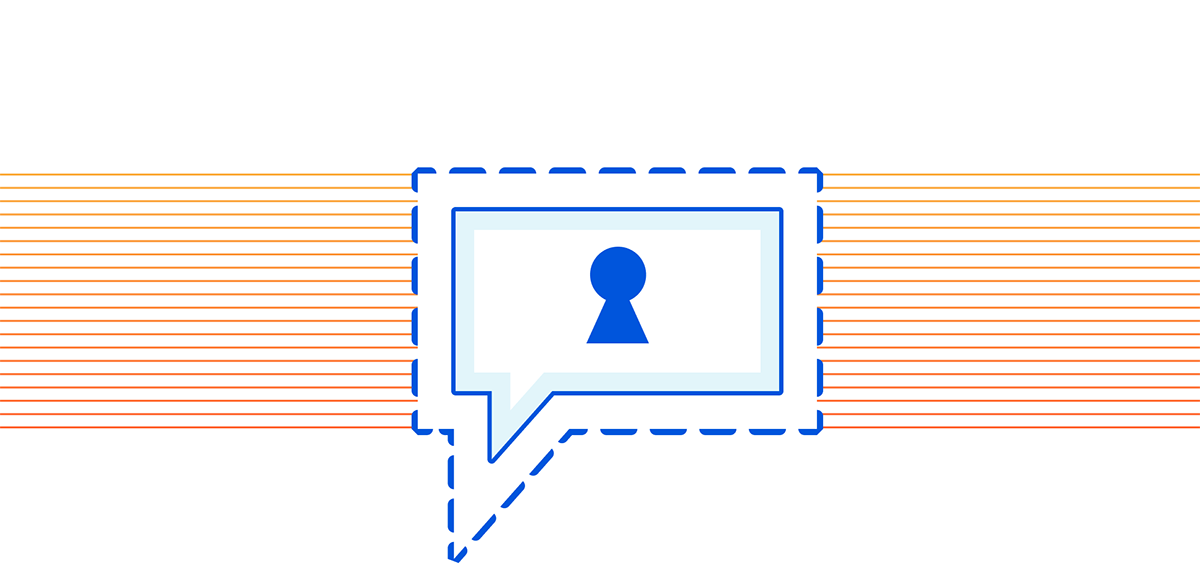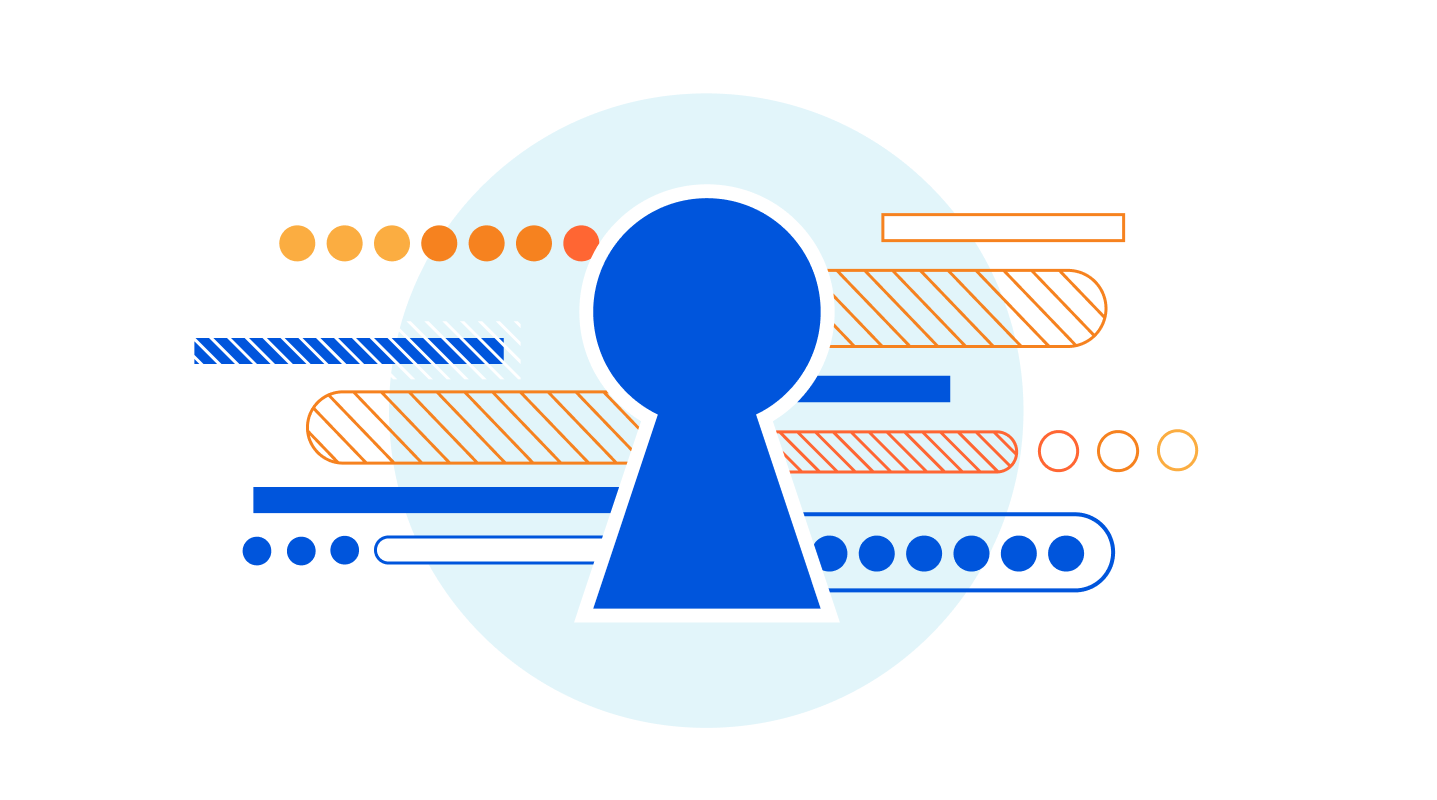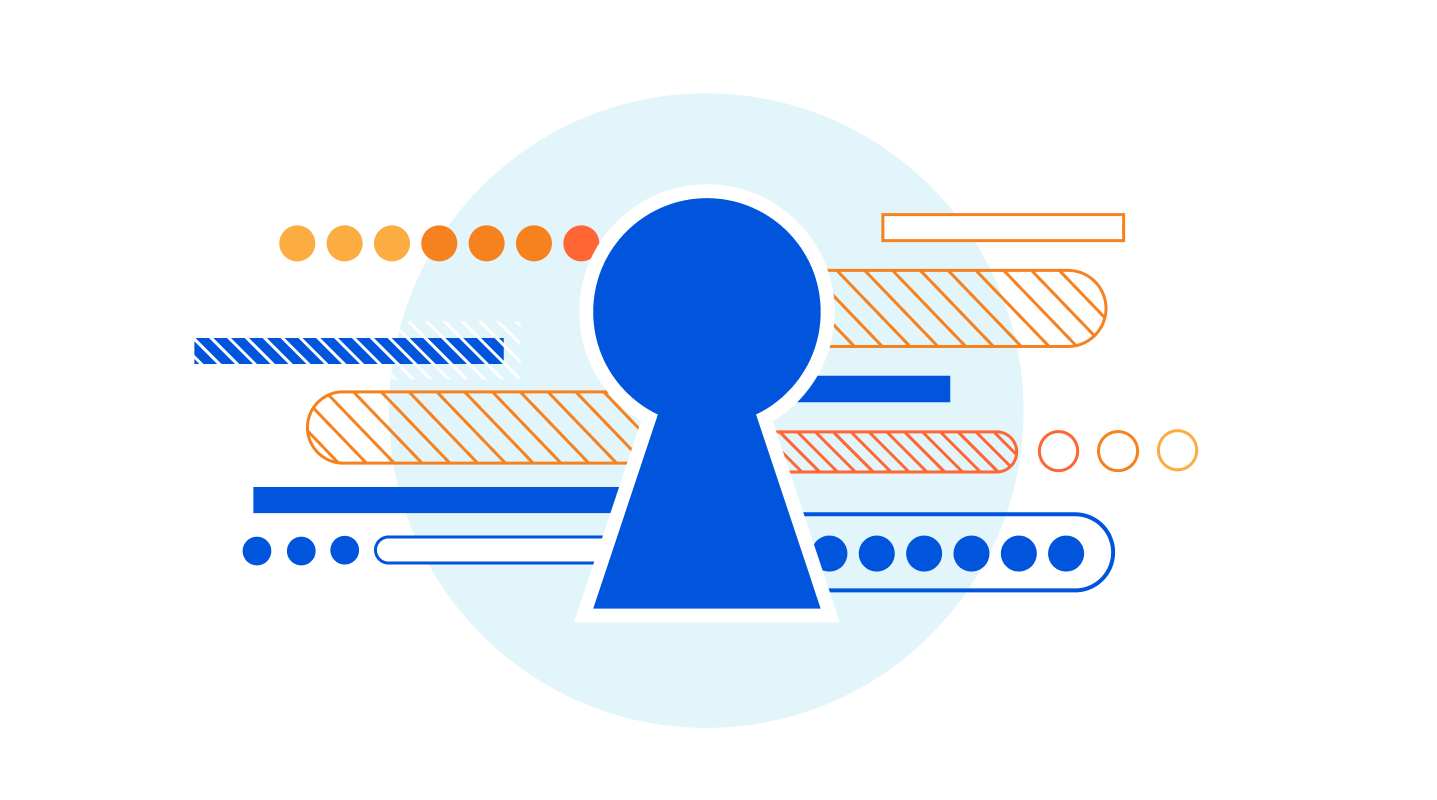0

About a year ago we launched our 2020 Action Plan with great anticipation. We had a nice neat list of the most urgent Internet issues to tackle, and we would work as a whole community, coming together as people from all over to press for our vision: The Internet is for Everyone.
Then 2020 came and we learned how quickly plans can be upended.
Yet it has underscored that the Internet is not only a global technical infrastructure, but also a resource that enriches people’s lives. Our world – our ability to work, keep in touch, and share information – would be radically different without it. This gives our work a renewed sense of urgency.
The Internet needs a voice.
Today, nearly half the people of the world still have no access and far too many people live in places where the Internet is expensive, slow, and congested.
Today, too few Internet policy discussions are based on facts and measurements, while too many start from a mistaken understanding of how the Internet works. Far too many companies and politicians would rather their customers and voters be passive consumers than the active, powerful contributors they can be.
Today, too many governments Continue reading











